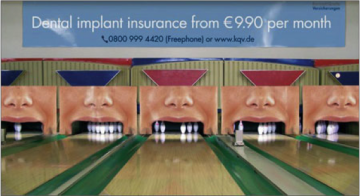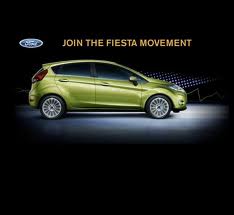Guerrilla marketing is an ‘alternative’ advertising style, which is now as commonplace as print, radio or TV advertising. It relies heavily on unconventional marketing strategies, to take the consumer by surprise, make an indelible impression and create copious amounts of social buzz – and all for very little money. If executed effectively, guerrilla marketing can have a much more significant impact than more traditional forms of advertising, as it tends to strike the consumer at a more personal and memorable level.
According to guerrilla marketing Guru Alexander Riedl, there are six characteristics that every guerrilla campaign should fulfil, in order to ensure its success. We have listed them below, along with some examples of how they have been incorporated by big brands.
Completely Unexpected: Guerrilla campaigns must include the element of surprise. A surprising situation can be created by placing everyday objects in unusual places (known as ambient marketing – right), or by staging an event such as a Flash mob, that unsuspecting members of the public are not expecting, such as this Beyonce Flash mob, which was organised to promote a free Beyonce gig in London, in 2009.
The surprise factor can help raise participants’ attentiveness to a campaign and its messages.
Drastic: Guerrilla-marketing campaigns are radical in nature. Extremeness intensifies the surprise, which is helpful when trying to reach a large audience. However, it is worth bearing in mind that drastic behaviour can also lead to rejection and outrage, as was the case with Vodafone’s streaking stunt at the Telstra Stadium in Australia. As streakers do, they ran across the field wearing nothing … except Vodafone logos painted across their backs. This caused outrage amongst fans, who claimed that the stunt caused a game-winning kick to be missed.
Humorous: Humour can help break the barriers between company and consumer, just as it often does in regular human interaction, (as this German dental implant advert shows) Humour can also help turn a guerrilla campaign viral, which means reaching a larger audience. Mixing surprise with humour is a key strategy to a successful guerrilla campaign.
One-Shot Game: Due to the importance of the surprise factor, a guerrilla-marketing concept can only be executed during a limited period of time and should not be used twice on the same target market.
Low-Cost: One of the biggest benefits of guerrilla marketing is that it extremely low-cost in comparison to other marketing methods. Sticking to a minimal budget is just as important as creativity and innovation to the design of a guerrilla style campaign.
Goodwill and Customer Benefit: A good guerrilla marketing campaign should always include an act of goodwill on the part of the company, in order to make consumers feel satisfied and valued. The benefit can be tangible—for example, giving away something for free as part of the campaign—or intangible, such as something that makes customers laugh, feel smarter, or feel more valued. A great example of this is Coca-Cola’s happiness machine, which dispensed gifts to unsuspecting members of the public, in order to make them feel happy.
Hotcow is a non-traditional creative agency that specialises in experiential marketing that goes viral. Our campaigns generate buzz through crowd participation, PR and content sharing. Contact us on 0207 5030442 or email us on info@hotcow.co.uk.





